Before Brooklyn Was Hip: Never-Published Photos of Brooklyn Heights in 1958

Boro Pet Center. (All Photos: © David Attie)
In the spring of 1958, Truman Capote took the photographer David Attie on a tour of Brooklyn Heights. Both men’s careers were on the rise: Capote had just published Breakfast at Tiffany’s, and Attie had broken into magazine photography—his first assignment had been a series of photo montages that were to illustrate Capote’s novella. Now, Attie’s job was to capture the Brooklyn neighborhood where Capote lived and that he was profiling in an essay for Holiday magazine.
But of the 800 or so photos that Attie took, only four made it into print; the negatives for the rest sat, for decades, in wooden boxes packed away into closets, until his son, Eli, rediscovered them. Eli was looking for photos of celebrities: that was the way, he’d been told, to rekindle interest in his father’s photography. Among the boxes and boxes of his father’s work, he found an envelope marked Capote, and he opened it.
When these pictures were taken, though, Truman Capote wasn’t famous—the cover of the magazine in which his essay was published didn’t even mention his name—and there were only a handful of photos in the series that focused on the author. Most were of the place, 1950s Brooklyn Heights, not yet fashionable, still diverse, a waterfront neighborhood with Manhattan hovering in the background.
Now, a selection of those photos are being published for the first time, alongside the essay they were meant to illustrate, in Brooklyn: A Personal Memoir, with the Lost Photos of David Attie.
Photography was a pivot in the elder Attie’s career, from commercial illustration, and he was already developing a signature style, of photo montages, with different shots layered together. Over the next decades, he would shoot the covers of magazines and create portraits of Lorraine Hansberry and Bobby Fischer.
After he died in 1982, though, Attie’s worked slipped out of view, until Eli, a television writer in Los Angeles, started trying to put it back into the public eye. “There’s so much of his work that I think is fantastic,” the younger Attie says. “I just want people seeing it to think he was great artist, because I think he was. I don’t know if he would have considered himself great, but I know he was trying.”

Capote on the staircase.
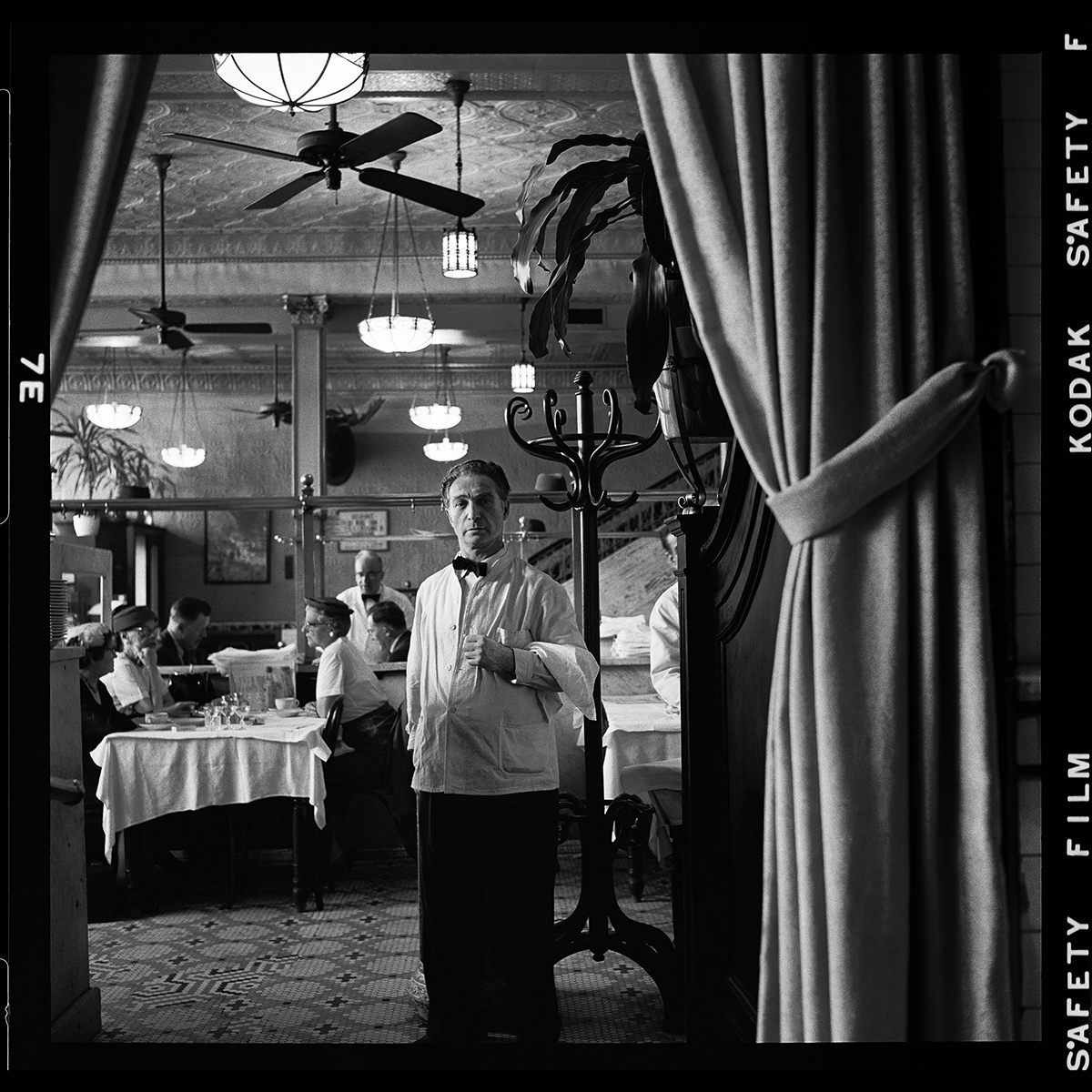
Waiter II.
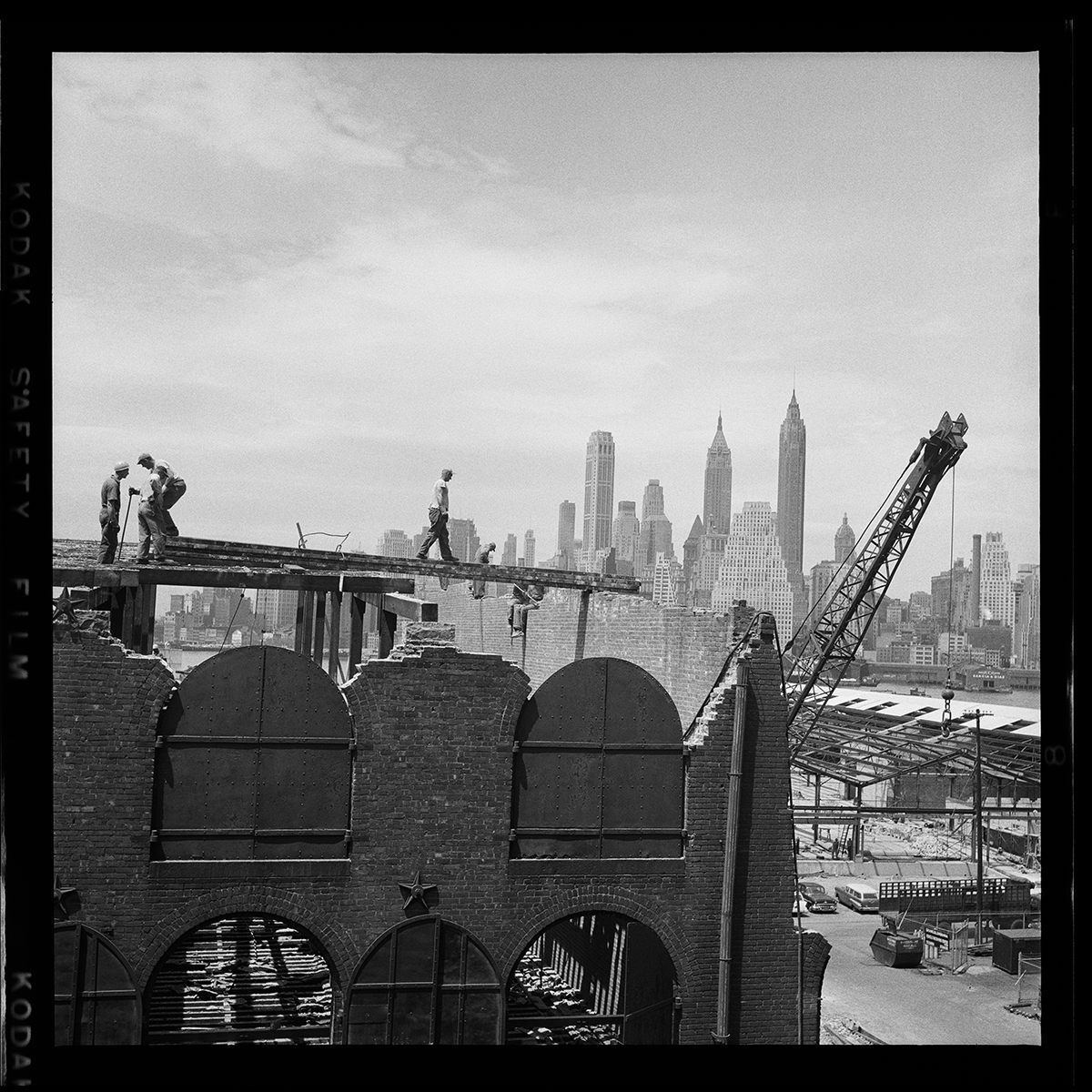
Beam.

Nightclub.
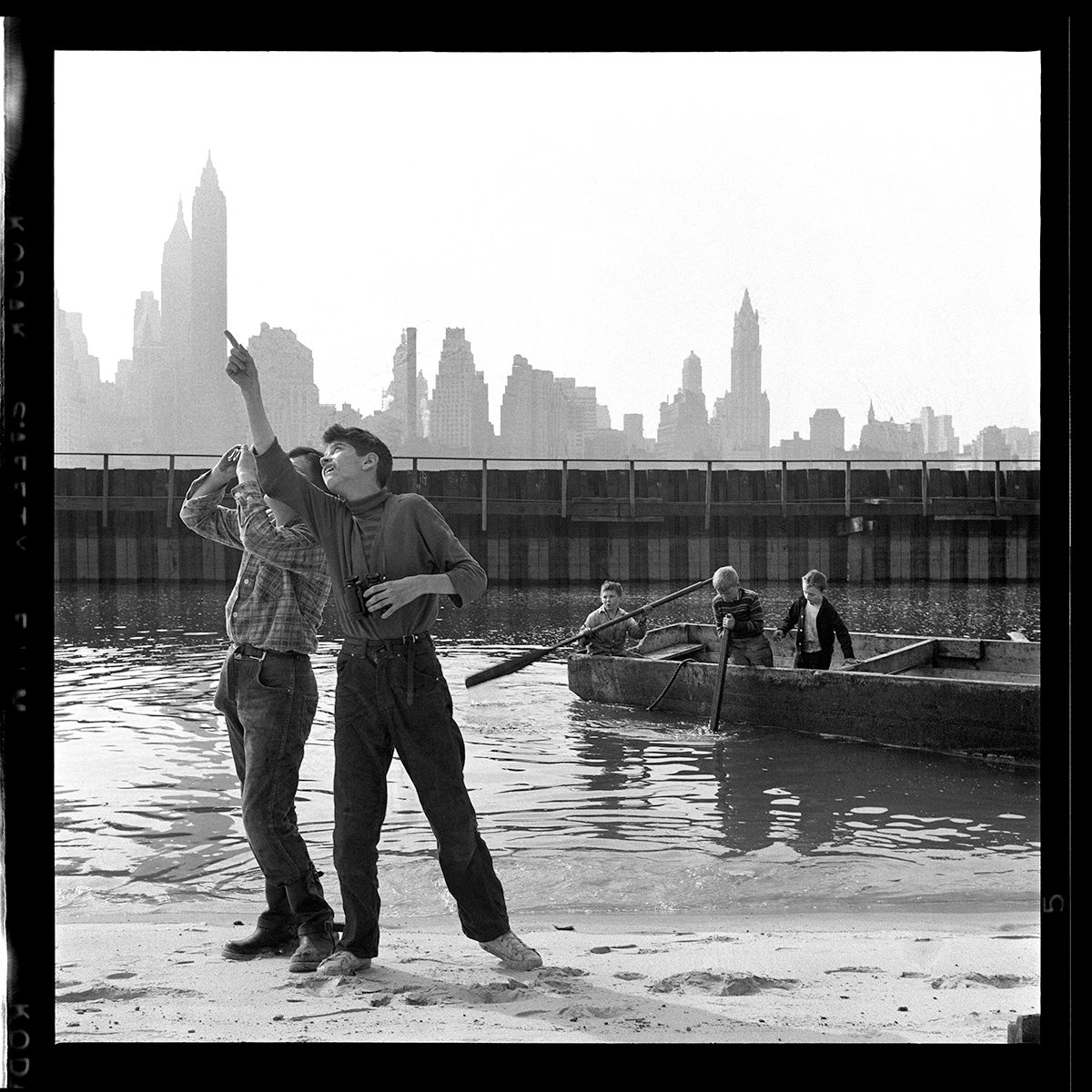
Look!
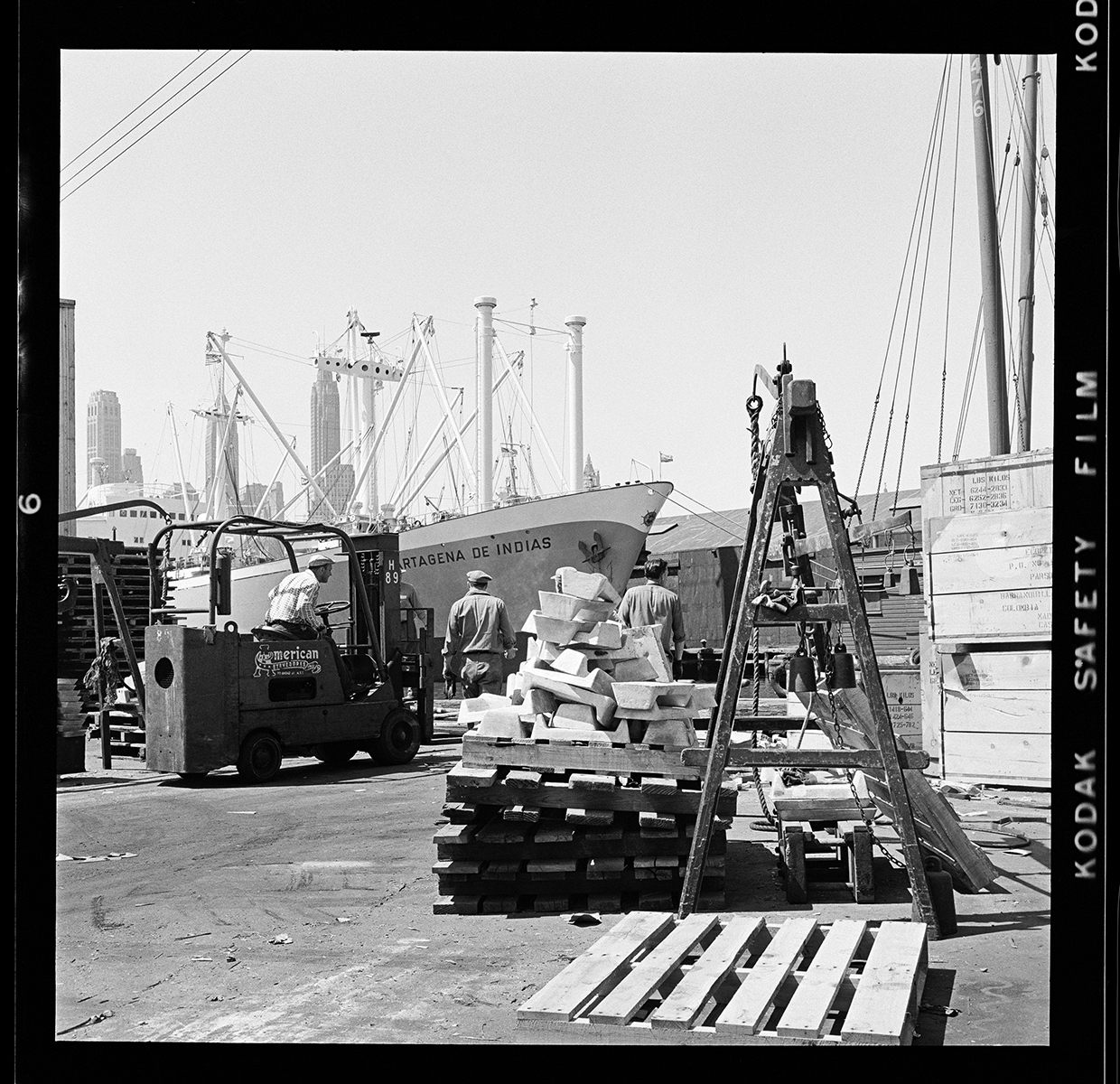
Cartagena de Indias.
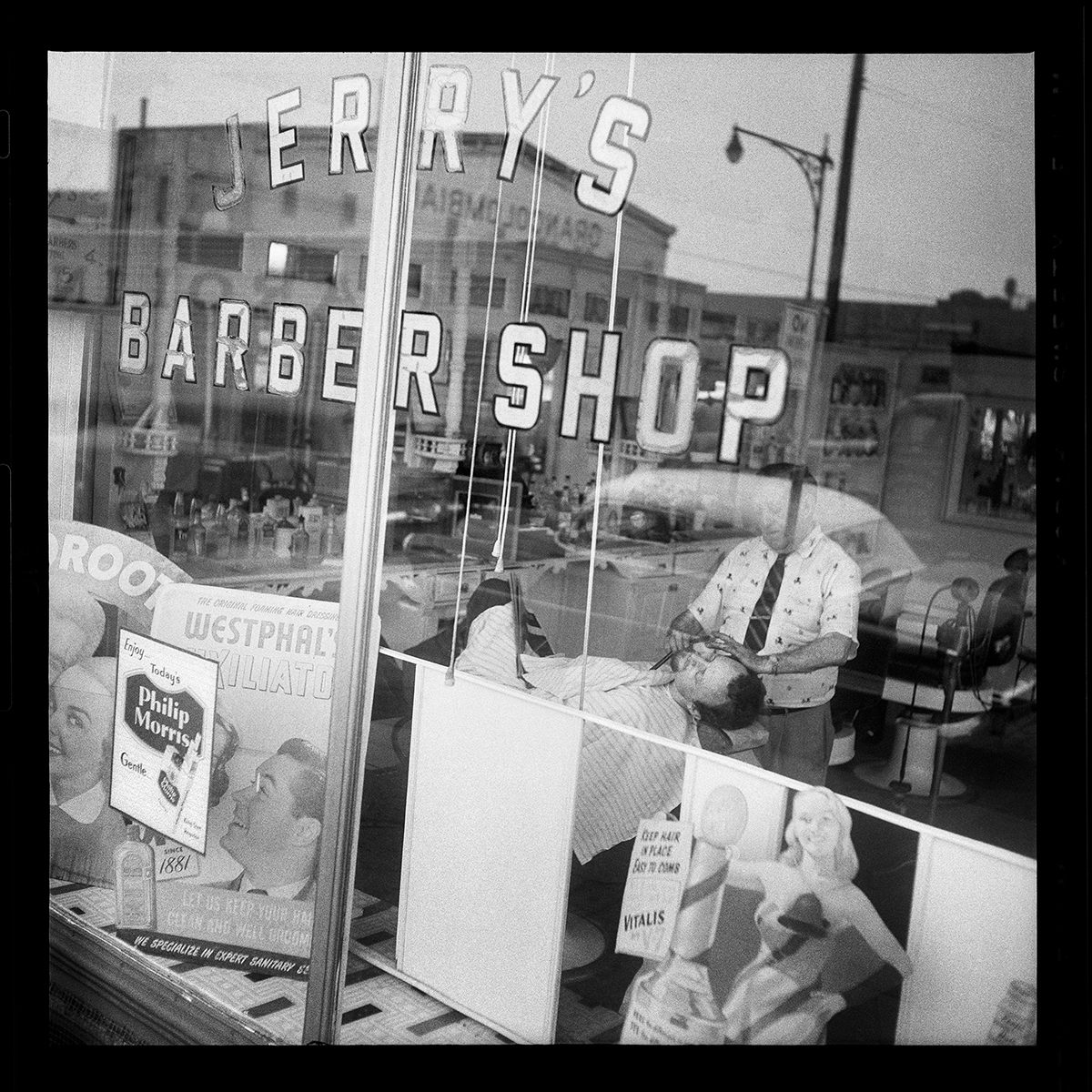
Jerry’s Barber Shop.

Three dogs.

Reception II.

Warm weather.

Room for rent.


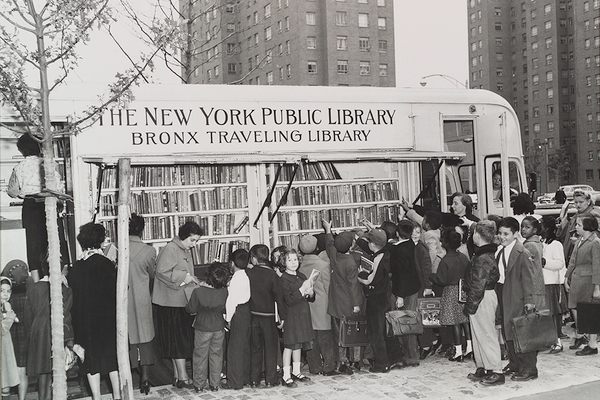





Follow us on Twitter to get the latest on the world's hidden wonders.
Like us on Facebook to get the latest on the world's hidden wonders.
Follow us on Twitter Like us on Facebook